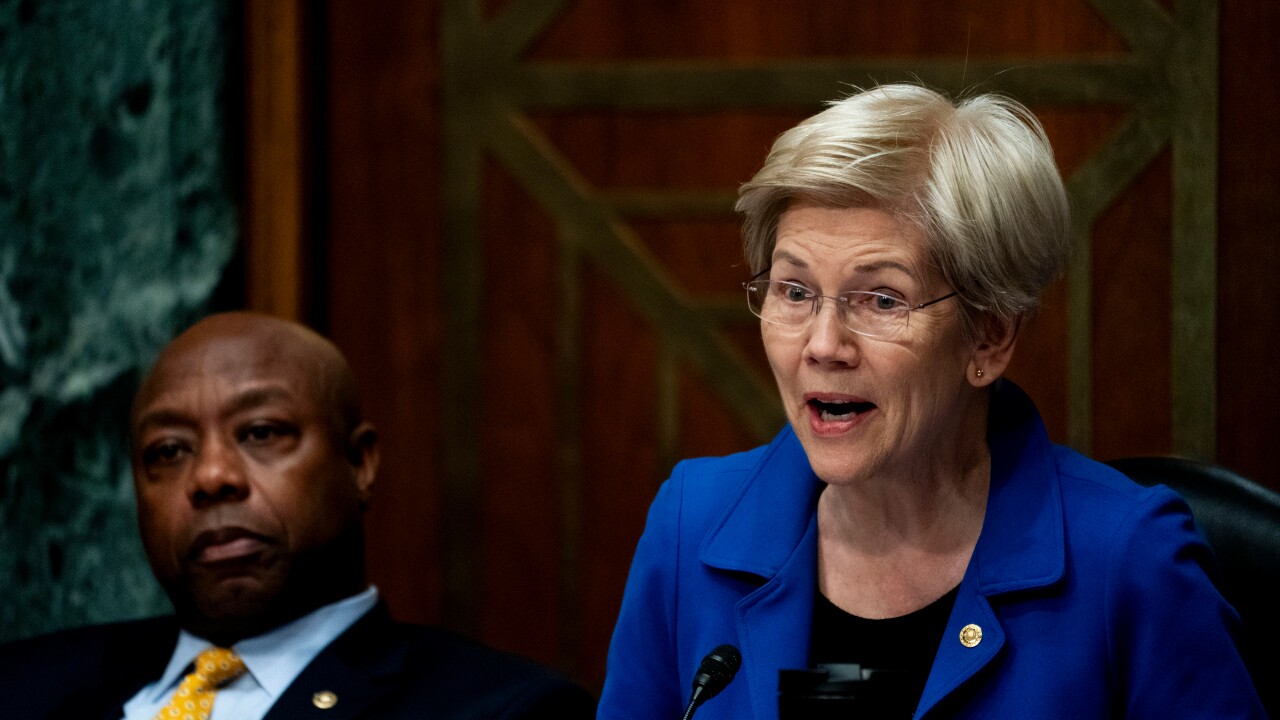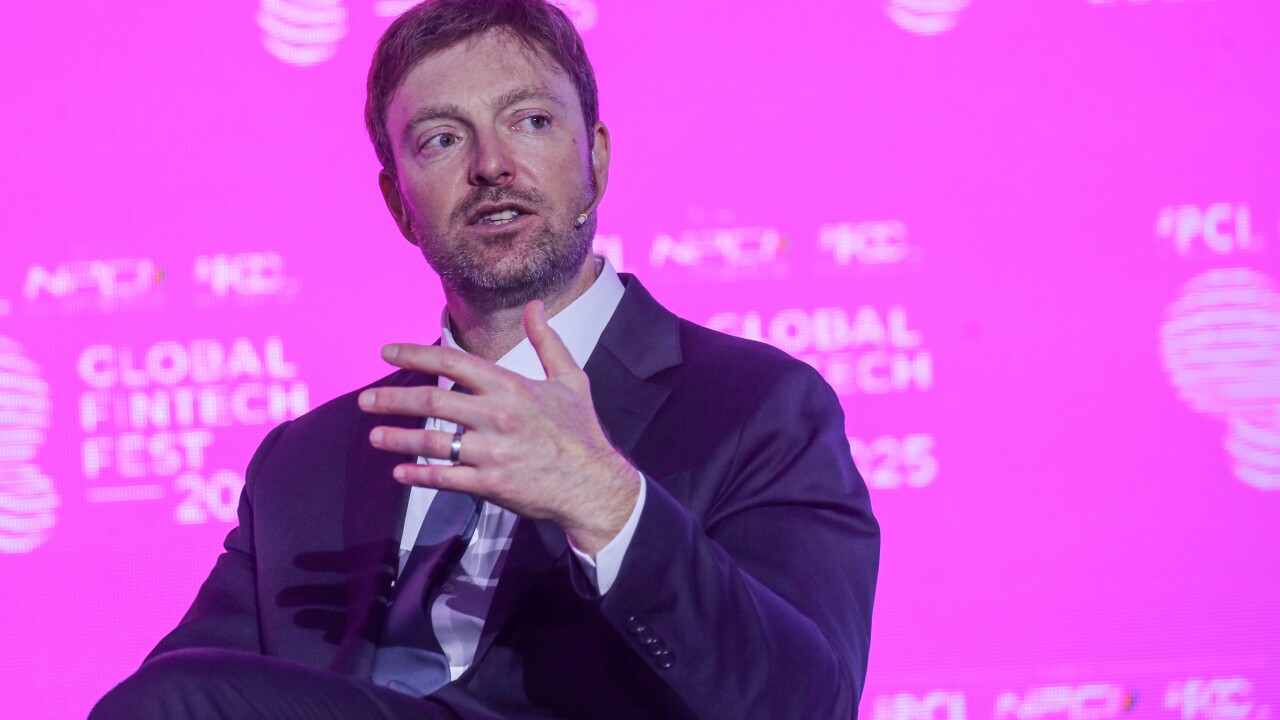In the month since FIS announced its
But FIS Chairman and CEO Gary Norcross provided a few clues on the bank technology company plans to leverage Worldpay’s strength in e-commerce acquiring when the deal closes during the second half of this year, as expected.
“Are we still going to be pulling a piece of plastic out of our wallets or purses to pay in five or 10 years? Probably not. As we think about payments, we really do believe it’s going to move to more of a card-not-present kind of deployment, which really does play into e-commerce,” Norcross said, addressing a few thousand of its U.S. financial institution customers at an annual meeting in Orlando, Fla.

Though credit and debit cards aren’t going away anytime soon, FIS' merger strategy ultimately aims to bring Worldpay’s e-commerce power and merchant connections within direct reach of financial institutions to enable new capabilities, Norcross said.
“Worldpay also innovates around integrating things, and if you think about where that can go, it’s primarily at the point of sale, but [also integration] as you try to tap into small business, as you try to tap into more commercial customers, as you try to tap those business payments more effectively,” he said.
For approximately 12,000 community banks and credit unions that rely on FIS for various services, the benefits from the Worldpay deal may seem distant at this point, Norcross acknowledged.
“I know some are thinking, what does it mean for us? You’re talking about all this investment, does it mean you’re going to get distracted? No,” Norcross said.
FIS structured the deal by leveraging stock, which removes pressure, he said.
“We didn’t lever the company up significantly,” Norcross said, adding that he expects FIS will pay its debt down within 12 to 18 months.
It’s still too soon to discuss specific plans, he said. But Norcross alluded to the company’s top priorities.
“We’re going to talk more about [the benefits of the deal] when we close the deal later this year, but it will be about the ability to remove friction from the point of sale to the funding account, the ability to do cross-border [business]…all these will be significant opportunities,” Norcross said.





